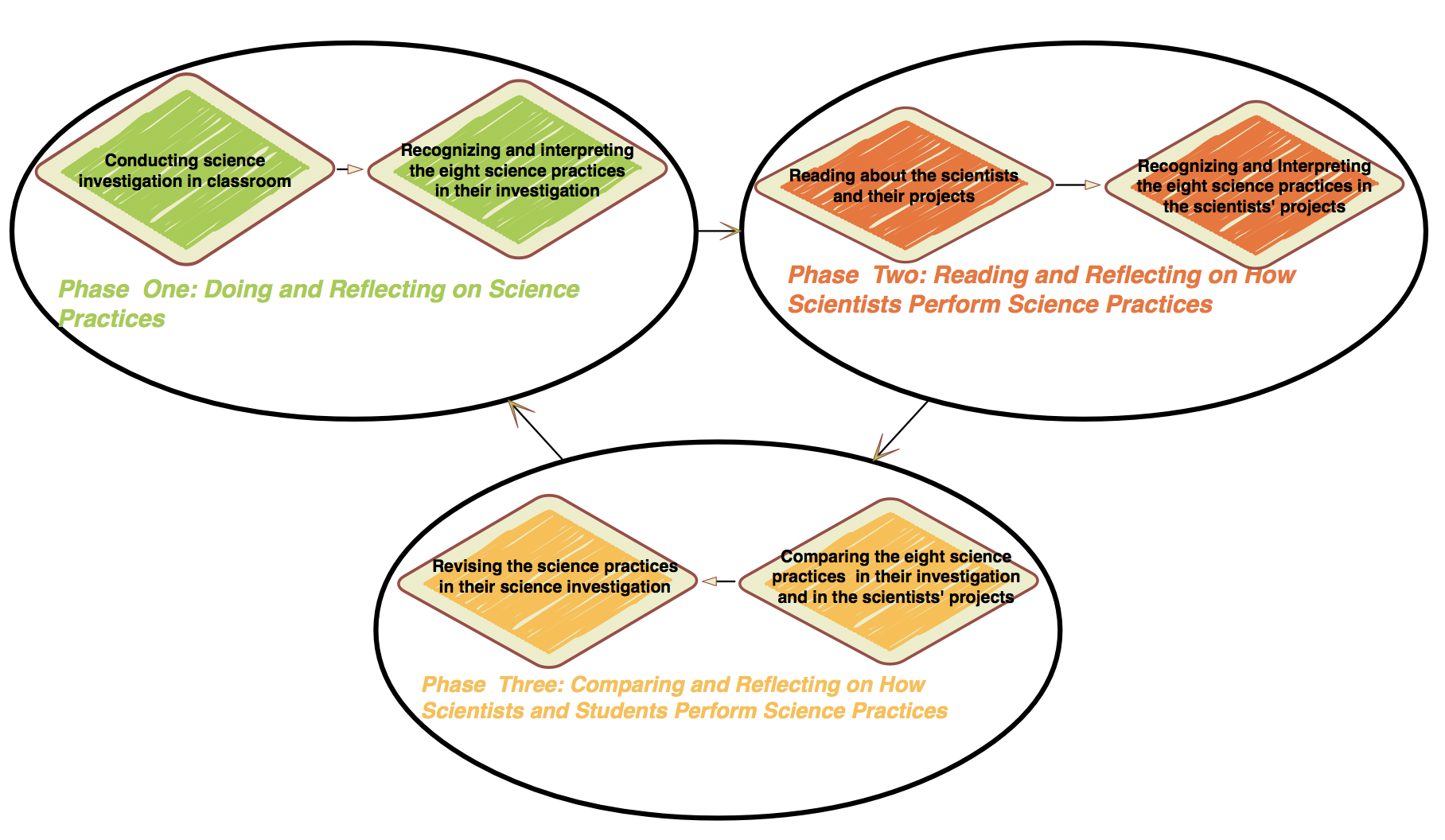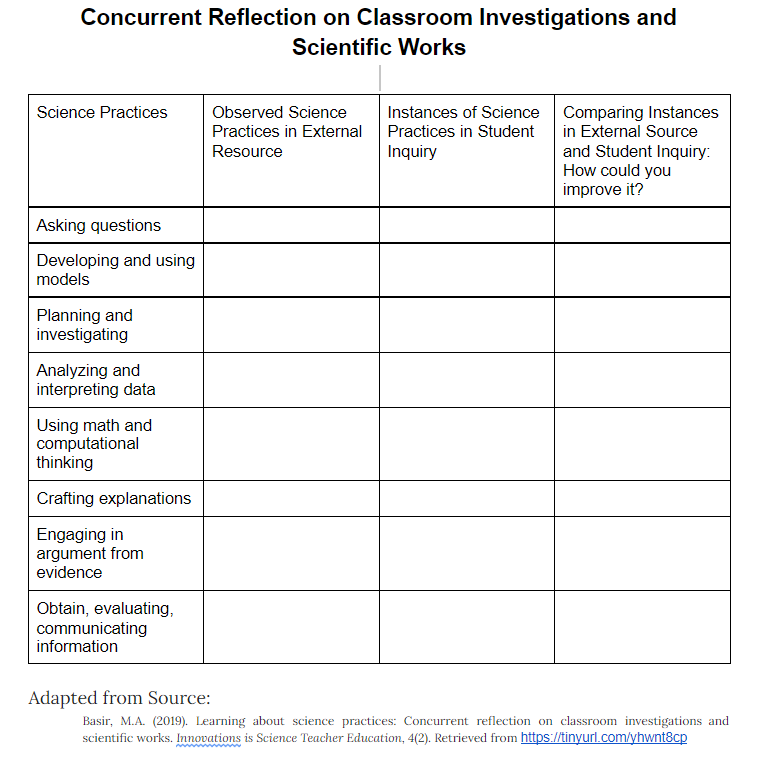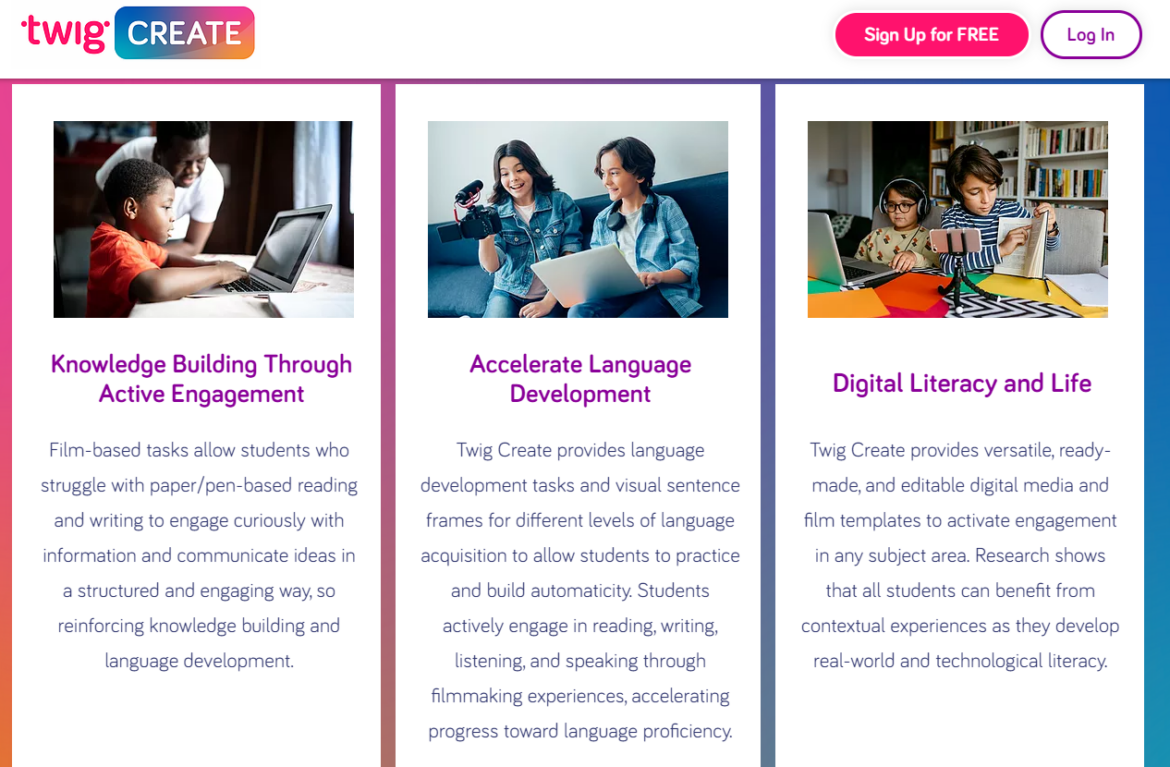“Digital storytelling empowers students to show their understanding of content,” says Dr. Bruce Ellis. Imagine if you could use it for science learning. In my previous blog entry, I shared how important it is for students to do the following on a regular basis in science:
- Observe phenomena, experiment, and then take notes.
- Have students revise their notes and clarify vocabulary.
- Reflect about the material, asking original questions and sharing what they have learned.
In this blog entry, I’d like to introduce you to a new digital storytelling tool that students can use for reflection. Before I share about the digital tool, let’s explore why it’s needed.
Why Reflect?
Do students understand what their learning means for them as individuals? Jack Mezirow says that this is quite important. Reflections we value are critical for everyone, not only students. Mezirow says:
A defining condition of being human is that we have to understand the meaning of our experience.
How do we scaffold that understanding opportunity (reflection) for our students? Arthurs L. Costa and Bena Kallick write that we enhance reflection when we:
- Ponder our learning with others
- Link current experience to previous learning (a.k.a. scaffolding)
- Draw forth cognitive and emotional information from several sources
- Act upon and process information, synthesizing and evaluating data
- Apply what we’ve learned to novel situations or contexts (source: Learning and Leading with Habits of Mind)
As a blogger, reflecting on how ideas strange to me connect to my own prior experience are powerful. I gain a deeper understanding of new learning, more so than when I just read. The benefits of student reflection on learning are more affective than cognitive. It also aids with metacognition.
What about reflection in science class? This phased model assists students in learning vital science practices:

Source: Basir, M.A. (2019). Learning about science practices:
Concurrent reflection on classroom investigations and scientific works.
Innovations is Science Teacher Education, 4(2).
A Model for Reflection
As you can see in the diagram above, there are various suggested phases of reflecting for science. You can also find a model to follow when engaging in reflection.
To make it easier for you to adapt for your own use, please find a Google Doc template linked for you:

Now let’s take a look at a new tool.
Introducing Twig Create
Twig Create makes it easy to create videos for free. It is available to teachers, giving them access to stock video clips that include curated content. To these videos, teachers and students can add text, music, and voiceovers. See more features online, along with pricing for schools.
Twig Create is a student-centered multimedia-creation experience. It encourages students to unleash their creativity. Twig Create combines easy-to-use video editing tools and activities. These activities align to core content areas. Twig Create promotes agency, creativity, and inquiry in all students.
Terrific Twig Create Creations
Curious about some of the exciting work students are engaging in? Here’s one example from a grade 4-6 teacher, Hayley Thomas. The video below shows a student reflection for sixth grade science:
Find more examples online at the Twig Create website. Students can use Twig Create to summarize and share their learning, as shown in these videos. This digital tool combines the reflection process with the power of digital storytelling and is a strategic way to help students better master and retain scientific content.

